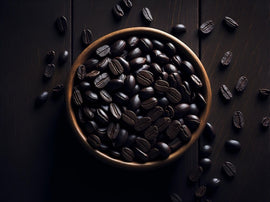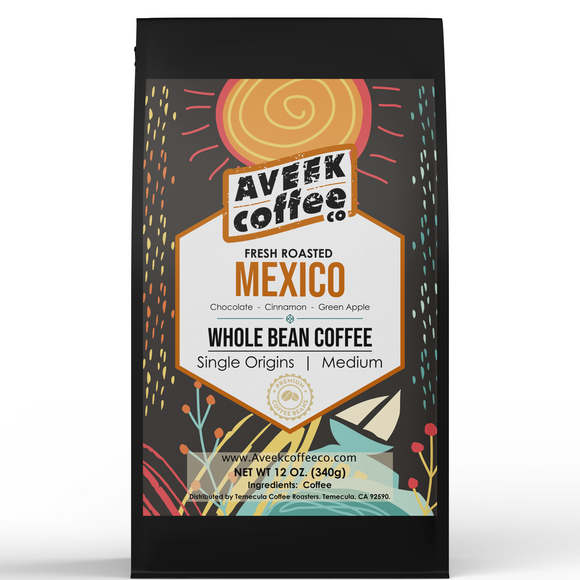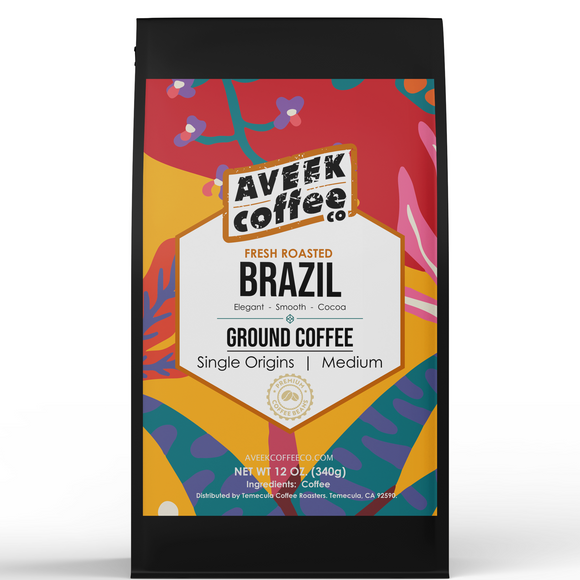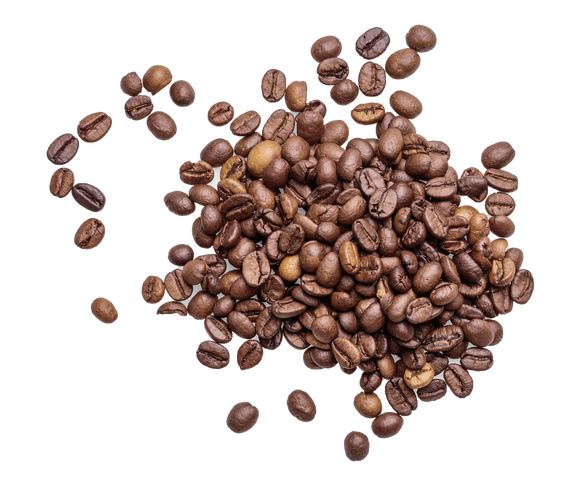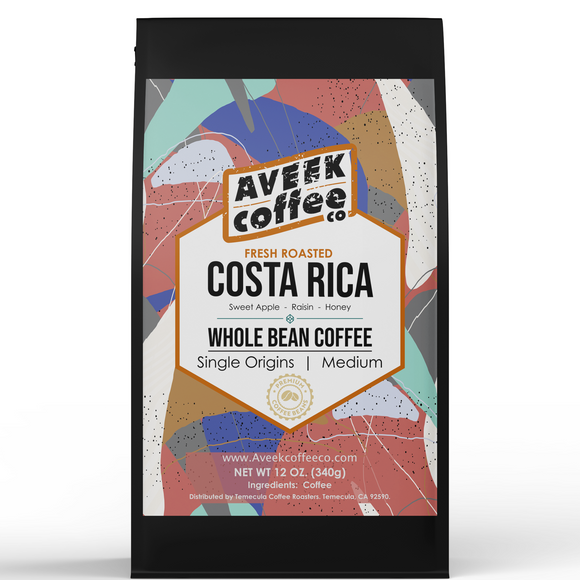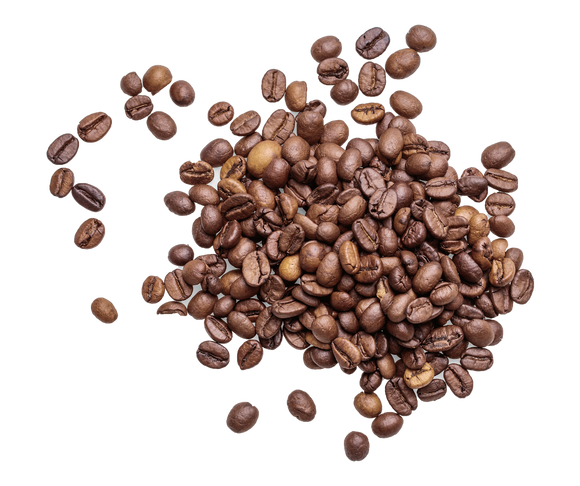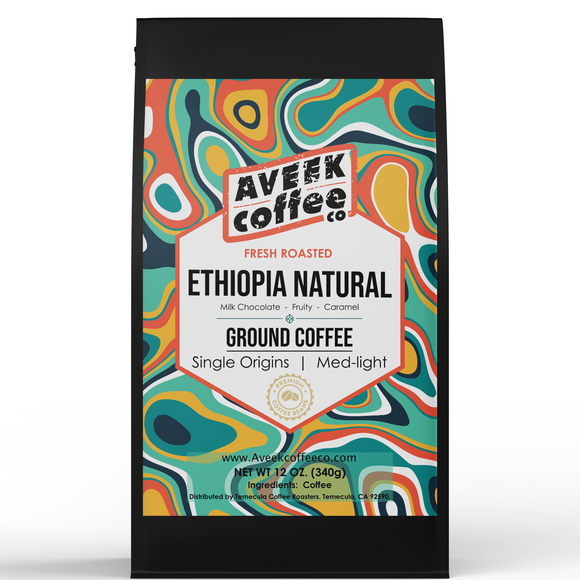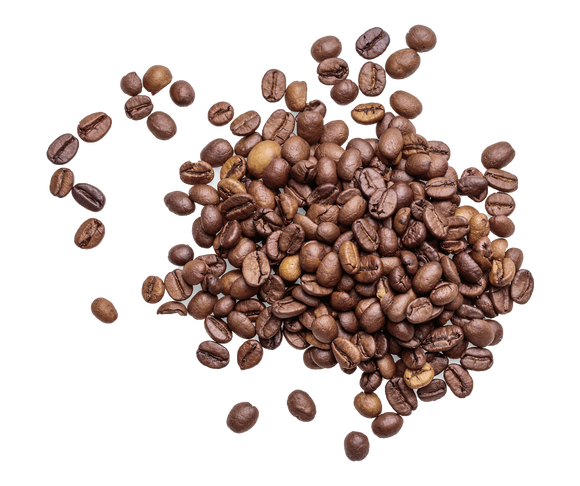
Dark roast coffee has a unique allure that captivates coffee enthusiasts worldwide. Its rich flavor profile, full-bodied texture, and lower acidity make it a favorite among many. But what makes this "black gold" stand out? Let's embark on a journey to unlock the essence of dark roast coffee, from its distinct characteristics, roasting process, brewing methods, and much more.
Understanding Dark Roast Coffee
The Journey from Bean to Brew
The character of coffee is majorly influenced by its roasting process. The transformation of green coffee beans into a flavorful dark roast begins by subjecting the beans to high temperatures, initiating a series of chemical changes. Starting at around 280-330 degrees Fahrenheit, the intense heat inside the roaster causes water and other compounds to escape from the beans.
As the beans reach higher temperatures, sugars and amino acids react, causing the beans to turn brown – a process known as the Maillard reaction. This same reaction is responsible for the delightful tastes in browned foods like toasted marshmallows, seared meats, and vegetables.
The Flavor Profile of Dark Roast Coffee
The charm of dark roast coffee lies in its rich, bold flavors and lower acidity. The extended roasting time caramelizes the natural sugars within the beans, unveiling a complex flavor profile that can be robust, pleasantly bitter, and sometimes smoky. A fine dark roast can exhibit notes of chocolate, caramel, and toasted nuts, creating a truly indulgent experience. However, it's a delicate balance – a few seconds too long can tip the scale from rich and decadent to burnt and unpleasant.
The Art of Brewing Dark Roast Coffee
The choice of brewing method can significantly impact the taste of your dark roast coffee. Here are some recommended brewing techniques that bring out the best from these beans:
French Press: This method perfectly captures the boldness and body of dark roast coffee. Coarse ground beans steeped in hot water for a few minutes produce a rich, full-bodied brew, allowing the flavors to truly shine through.
Pour-Over: The pour-over method, with its precision and control, can highlight the subtle nuances of dark roast coffee. Gradually pouring hot water over medium-fine ground coffee results in a smooth and clean finish, allowing the distinct flavors to be savored.
Espresso: Dark roast coffee is often favored by espresso enthusiasts. The high-pressure extraction of espresso machines intensifies the flavors, leading to a velvety texture and a lingering aftertaste.
Exceptional Dark Roast Coffees
There are several noteworthy dark roast coffee products available in the market, each with its unique appeal. One such exceptional dark roast is Aveek Coffee Co's Signature Blend coffee. Here are a few more dark roast coffees that you might want to explore:
Shutterbug: The flavor of our Shutterbug Italian Roast coffee is deep, complex, bold and rich with a slight sweetness and intensity.
Amahri: This coffee is a unique mix of beans from Kenya, Tanzania, and Ethiopia. It's a complex medium-dark roast with a bright and flavorful taste.
Coffee Beans and Their Origin
The choice of coffee beans is crucial in the coffee-making process. Beans that are dense and have robust, earthy flavors tend to fare well when dark roasted, as they can endure higher temperatures and longer roasting times without losing their essential characteristics.
Beans from Central and South America, Africa, and the Asia-Pacific regions are popular choices for dark roasting. Beans from countries like Colombia, Brazil, and Costa Rica boast balanced flavors, featuring notes of chocolate, nuts, and caramel. African coffee beans, especially those from Ethiopia and Kenya, often have fruity and floral notes. Beans from regions like Indonesia and Papua New Guinea are typically earthy and bold, with low acidity and a heavy body.
When choosing beans, single-origin coffee refers to beans sourced from a specific region or farm, offering unique flavors. On the other hand, blends are a mix of beans from different regions crafted to achieve a balanced flavor profile.
Mastering the Dark Coffee Roast
The roasting process of coffee beans requires precision and attention to detail. Several factors can affect the final product, such as bean density, moisture content, roasting temperature, and roasting duration. To avoid uneven roasting, the beans should be evenly distributed in the roasting chamber and stirred frequently.
The Perfect Brew
Your coffee's grind size, brewing time, and water temperature can significantly impact the extraction process. For dark roasts, a slightly coarser grind is often recommended for optimal extraction. Maintaining the correct water temperature (between 195°F and 205°F) and adjusting the coffee-to-water ratio can further improve the taste of your brew.
Pairing Dark Roast Coffee with Food
When paired with food, the bold flavors of dark roast coffee can create delightful flavor combinations. The coffee's robust taste pairs well with sweet pastries, savory dishes, chocolate, cheese, or even fruit. The goal is to create a harmonious balance between the coffee and food, complementing and enhancing each other's flavors.
Supporting Sustainable Coffee Production
Sustainable coffee production is essential for the long-term viability of the coffee industry, the well-being of farmers, and environmental protection. Supporting sustainable practices and fair trade can promote healthier ecosystems and improved living conditions for farmers.
Storing Dark Roast Coffee Beans
Proper storage is essential to maintain the freshness and flavor of your coffee beans. Store your beans in airtight containers, away from heat, light, and moisture. Always grind your beans just before brewing for the best-tasting coffee.
The allure of dark roast coffee lies in its richness, boldness, and complexity. Whether you're a seasoned coffee connoisseur or a casual coffee drinker, the distinctive taste of a dark roast coffee is sure to delight your palate. So, go ahead, indulge in a cup of dark roast coffee, and let its bold, complex flavors awaken your senses.

